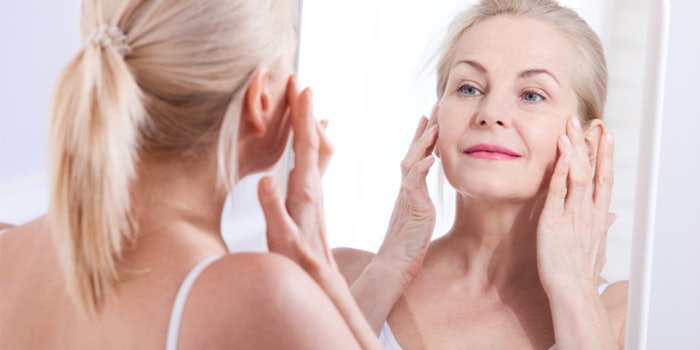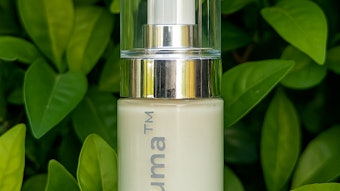
Recent Kao research has revealed that autophagy activity in skin declines with intrinsic aging and is associated with signs of photoaging such as pigmented spots. Autophagy is considered to have an important relationship with skin conditions related to aging as well as those caused by sun exposure due to its effects on protein homeostasis.
Autophagy is the natural system of degradation of cellular components that occurs in all cells of the human body. During this process, isolation membranes first engulf unnecessary proteins or organelles, which produces micro-membrane vesicles, termed autophagosomes. The autophagosome contents are then degraded into amino acids by lysosomal enzymes, which are recycled into new proteins.
Indeed, the human body is in a constant state of self-renewal, according to Kao researchers, with a recycling rate of 1% to 2% of total proteins. As such, autophagy has an essential role in providing fresh cellular components for the body through protein recycling. Autophagy in skin is known to serve important roles, in keratinization, immunity and pigmentation, as well as others.
In a recent study, Kao researchers examined the relationship of skin aging with autophagy using human skin tissues. The tissues were collected from a sun-protected site on the upper inner arm and protein extraction was subsequently performed. Autophagy activity in skin was determined by detecting changes in LC3 or p62 proteins. The results obtained indicated a trend for decreased autophagy activity in skin in association with aging in association with skin affected by photoaging (e.g., pigmented spots).
(UV) light, a leading cause of various types of skin damage, induces not only a sunburn and suntan response, but also accelerates symptoms of skin aging— such as pigment spots, wrinkles and sagging. As such, pigmented spots in chronically sun-exposed outer forearm areas were compared with sun-protected normal skin areas on the upper inner arm regarding autophagy activity. Results showed that pigmented spots on sun-exposed skin had significantly lower levels of activity as compared with sun-protected healthy skin.
Based on these findings, Kao concluded that restoration of autophagy can contribute to improvement of skin damaged by various factors, including aging and sun exposure, via normalization of protein homeostasis. Kao will continue this work to develop technologies for skin beauty and health, as autophagy serves an essential function in the human body.
For more information about this study, visit Kao Corp.










